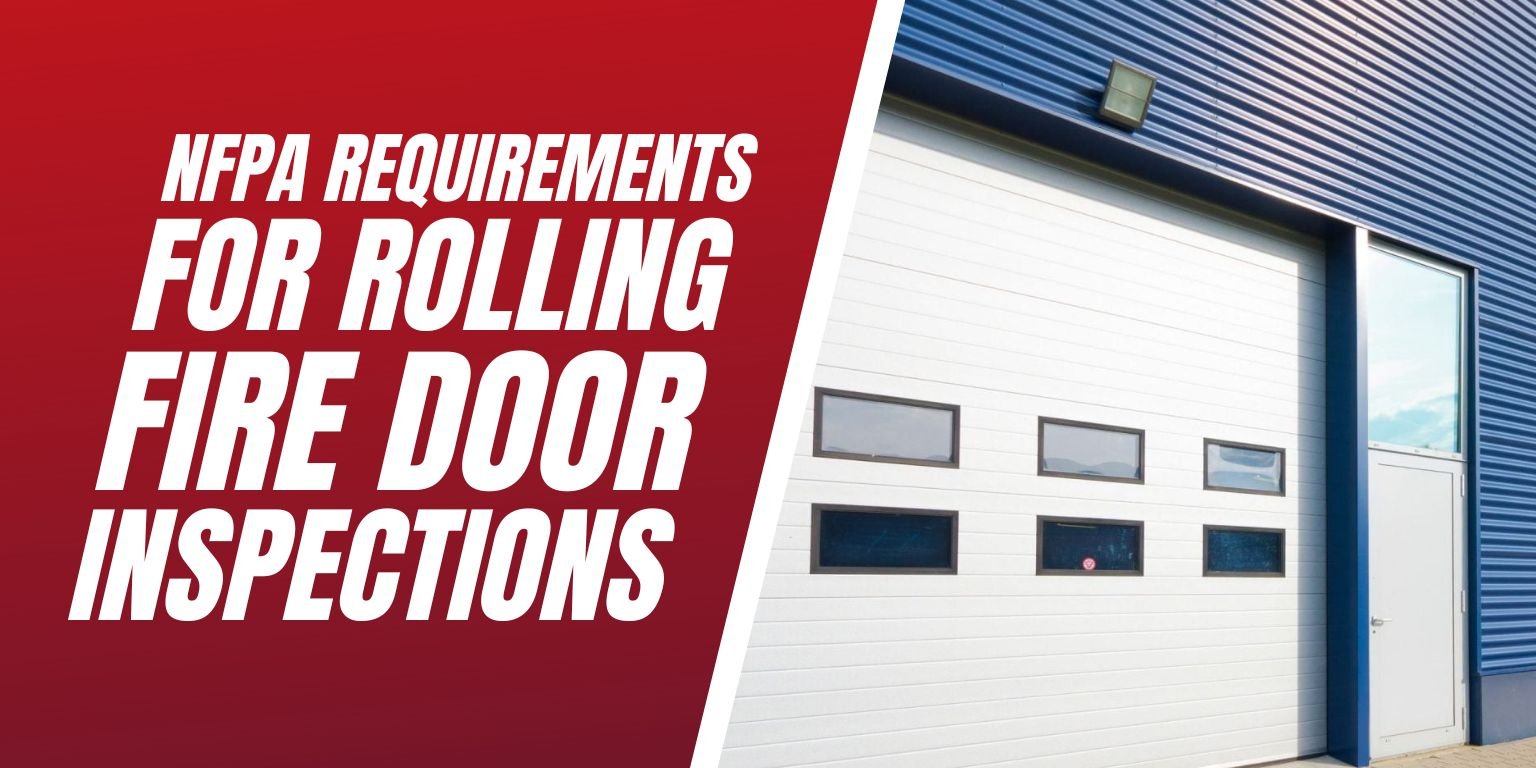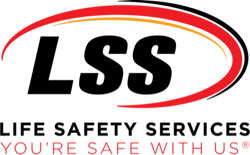
Fire doors, if kept in the closed position, prevent the spread of fire and smoke between the facility’s fire barriers. They serve as a regular door by giving you an easy outlet during a fire, while also compartmentalizing the building to help prevent the spread of fire, smoke as well as other toxic fumes. The National Fire Protection Association (NFPA) 80 requires that, “Fire door assemblies must be inspected and tested annually, with a written record of the inspection signed and kept for the inspection by the AHJ”. The National Fire Protection Association publishes these guidelines to help ensure life safety and property protection. These also includes a facility's overhead and rolling fire doors as well.
Overhead and Rolling Fire Door Inspections have become an integral part of a building’s overall fire and life safety protection system. An operating rolling fire door, is a key component to the compartmentalization of a building to stop the spread of deadly fire, smoke and toxic fumes. If the rolling door assembly isn’t inspected or working properly, your facility is at risk.
NFPA Requirements for Rolling Fire Door Inspections
The National Fire Protection Association standard NFPA 80 requires business owners and property managers to have their rolling steel fire doors and sliding fire doors inspected and tested at a minimum of once a year. Written documentation of these inspections and tests are to be kept.
Section 5.2.5 of NFPA 80-2010 states, “horizontal sliding, vertical sliding or overhead rolling fire doors, the following must be verified”:
- Labels are clearly visible and legible
- No open holes or breaks exist in surfaces of either the door or frame
- Slats, endlocks, bottom bar, guide assembly, curtain entry, hood, and flame baffle are correctly installed and intact for rolling steel fire doors
- Curtain, barrel, and guides are aligned, level, plumb, and true for rolling steel fire doors.
- Expansion clearance is maintained in accordance with the manufacturer’s listing.
- Drop release arms and weights are not blocked or wedged.
- Mounting and assembly bolts are intact and secured.
- Attachments to jambs are with bolts, expansion anchors, or as otherwise required by the listing.
- Smoke detectors, if equipped, are installed and operational.
- No parts are missing or broken.
- Fusible links, if equipped, are in the correct location: chain/cable, s-hooks, eyes, and so forth, are in good condition; the cable or chain is not kinked, pinched, twisted, or inflexible; and links are not painted or coated with dust or grease.
- Auxiliary hardware items that interfere or prohibit operation are not installed on the door or frame.
- No field modifications to the door assembly have been performed that void the label.
- Doors have an average closing speed of not less than 6 in/sec (152 mm/sec) or more than 24 in/sec (610 mm/sec).
Annual rolling fire door Inspections and drop tests are required to ensure that your fire doors will close automatically in the case of a fire emergency. Some of the facilities where overhead rolling doors are most often found include:
- Industrial Facilities
- College & Universities (Physical Plants, Residence Hall delivery areas, etc.)
- Hospitals & Healthcare Facilities
- Commercial Office Buildings’ Loading Docks
- Pharmacies’ Rolling Service Doors
Schedule Your Inspection With LSS - You're Safe With Us!
Now is the time to schedule your facility's overhead and rolling fire door inspection for your business! Allow our inspectors to do what they do best – keeping you safe and code compliant.
Contact Us Here or call 888-675-4519

